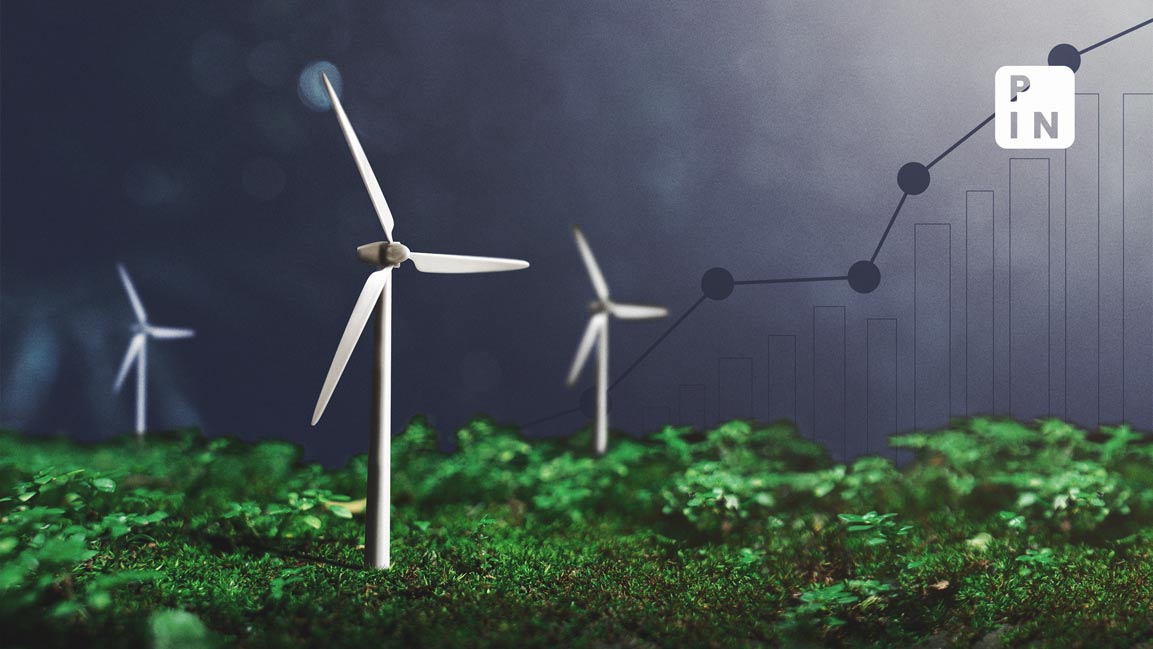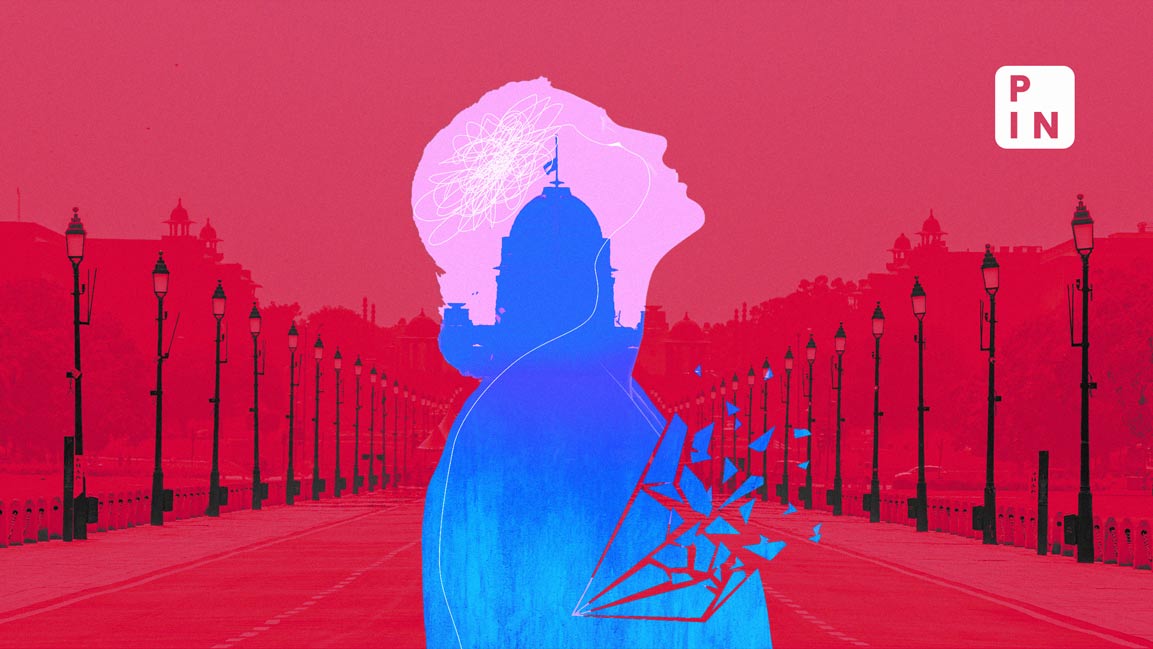- | 1:00 pm
One nation one poll gets cabinet green signal
Given the complexity of the plan, analysts said the government may need significant political strategizing

The top decision-making body in the Bharatiya Janata Party (BJP)-led National Democratic Alliance (NDA) government has okayed a high-level panel’s recommendation to simultaneously hold elections to the Parliament, the state assemblies and the local bodies.
The decision is in keeping with the BJP’s ‘One Nation-One Election’ promise in its manifesto.
The eight-member high-level panel led by former Indian president Ram Nath Kovind had recommended holding elections to the Lok Sabha and the state assemblies together, followed by local body elections within 100 days, beginning 2029.
After 191 days of discussions with stakeholders and experts, the Kovid-led panel, which was formed in September 2023, submitted its report to President Droupadi Murmu in March.
The switch to ‘One Nation-One Election’ will require a couple of changes in the Constitution, for which the government will need to bring a wide majority of parties on board. The government does not have a majority in the Lok Sabha and will need the support of not only its allies but also opposition parties.
The government will first need to refer the constitutional amendment bills to a parliamentary committee, which will include members of the opposition parties. It will also need to reach out to the states, half of which will need to ratify the required changes in the constitutional amendment bills.
Given the complexity of the plan, analysts said the government may need significant political strategizing.
The opposition parties have, however, said the decision is not practical and another “cheap stunt” to distract from more important issues.
Meanwhile, along with decision on One Nation-One Election, the Union cabinet approved a series of initiatives to strengthen India pursuits in space, including the Venus Orbiter Mission (VOM), the Chandrayaan-4 Mission, the development of a reusable Next-Gen Satellite Launch Vehicle (NGLV), and the establishment of an Indian space station by expanding the scope of the Gaganyaan program approved in December 2018 to envisage human spaceflight to low-Earth orbit (LEO).
Venus orbiter mission
The cabinet approved a mission to Venus for scientific exploration and a better understanding of the Venusian atmosphere and geology.
The mission, expected to be accomplished by March 2028, will generate much scientific data by probing into Venus’ thick atmosphere, and entails funding to the tune of ₹1,236 crore, of which ₹824 crore will be spent on the spacecraft.
Chandrayaan-4
India’s mission to the moon and back has been dubbed Chandrayaan-4, which entails returning to Earth after successfully landing on the Moon and collecting moon samples.
The Chandrayaan-4 mission “will eventually achieve the foundational technologies and capabilities for an Indian landing on the Moon (planned by 2040) and return safely to Earth.”
The government envisages an Indian Space Station (Bharatiya Antariksh Station) by 2035 and the landing on Moon by 2040. To realize this, a series of Gaganyaan and Chandrayaan follow-on missions, including the development of associated space transportation and infrastructure capabilities, are in the pipeline.
Reusable Next-Gen Satellite Launch Vehicle
The cabinet also okayed the development of an NGLV for setting up and operating an Indian space station. NGLV will have three times the present payload capability. It will also be reusable, resulting in low-cost access to space and modular green propulsion systems, the government said.
The cabinet has approved ₹8,240 crore for the project, including development costs, three developmental flights, essential facility establishment, program management, and launch campaign.
Bharatiya Antariksh Station (BAS)
The cabinet has approved the building of the first unit of the Bharatiya Anatriksh Station by expanding the scope of the Gaganyaan program.
Gaganyaan, approved in December 2018, envisages a human spaceflight to the low Earth orbit, and is being revised to include the scope of development and precursor missions for setting up a space station, while factoring in an additional uncrewed mission and additional hardware requirements.
The program now comprises eight missions, aiming to launch BAS-1 by December 2028. By 2035, the plan includes having an operational Bharatiya Antariksh Station and conducting an Indian crewed lunar mission by 2040.
With an added ₹11,170 crore to its budget, the total funding for the enhanced Gaganyaan Program has increased to ₹20,193 crore.
‘Bio-RIDE’ scheme
The cabinet approved merging two department of biotechnology schemes into one called ‘Biotechnology Research Innovation and Entrepreneurship Development (Bio-RIDE).’
The new scheme, with a budget of ₹9,197 crore for 2021-26, introduces biomanufacturing and biofoundry components. Bio-RIDE aims to enhance research, development, and entrepreneurship, aligning with the ‘Lifestyle for the Environment (LiFE)’ initiative to foster a $300 billion bioeconomy by 2030 and support the ‘Viksit Bharat 2047’ vision.
The cabinet has also approved establishing the National Centre of Excellence for Animation, Visual Effects, Gaming, Comics, and Extended Reality in Mumbai.
This initiative, part of the 2022-23 budget, involves the Federation of Indian Chambers of Commerce and Industry and the Confederation of Indian Industry as industry partners.












